ASU is actively engaged in the fight against COVID-19
Skysong Innovations is dedicated to facilitating the rapid and broad dissemination of ASU innovations. In doing our part to help combat the current global pandemic, Skysong Innovations has taken additional steps to further ensure that any innovations potentially capable of helping to prevent, diagnose, or treat COVID-19 infections be deployed for the greatest public benefit without unnecessary encumbrances.
To that end, Skysong Innovations, on behalf of ASU, is committed to implementing the rapid-licensing principals embodied in many of the COVID-19 licensing guidelines and frameworks in play today (e.g., AUTM COVID-19 Licensing Guidelines).
For additional information on any of these opportunities, email [email protected].
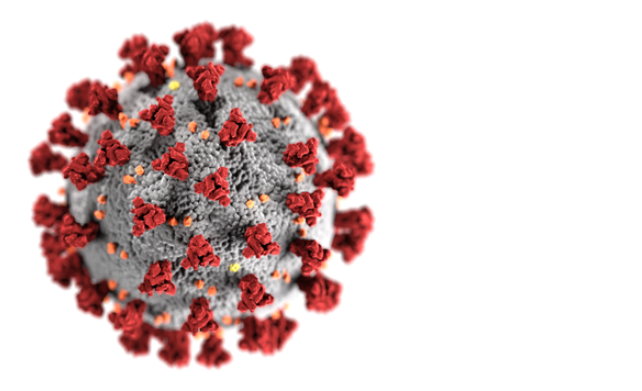
Vaccines
Vaccinia virus (Bert Jacobs)
M20-215L: A SARS-CoV-2 vaccine using recombinant attenuated poxvirus vectors that express SARS-CoV-2 antigens to stimulate a protective systemic and mucosal immunity. The vector has been modified to possess increased immunogenicity.
Human embryonic kidney cells (Brenda Hogue)
M20-216L: Mammalian-cell-produced virus like particles (VLPs) as SARS-CoV-2 or other coronavirus vaccines that could elicit a robust systemic and mucosal immune response.
Plants (Qiang “Shawn” Chen)
M20-217L: Plant-produced chimeric Hepatitis B core-based virus like particles (VLPs) and recombinant immune complexes (RIC) vaccines for SARS-CoV-2 that could elicit a potent and neutralizing immune response.
Myxoma virus (Grant McFadden)
M20-234L: Vaccine based on myxoma virus expressing SARS-CoV-2 antigens. The virus vector could also be used to transfect mammalian cells for the production of SARS-CoV-2 virus like particles (VLPs) for use as vaccine compositions.
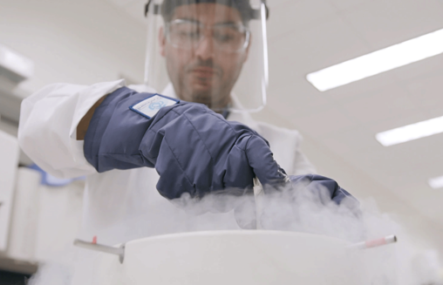
Software
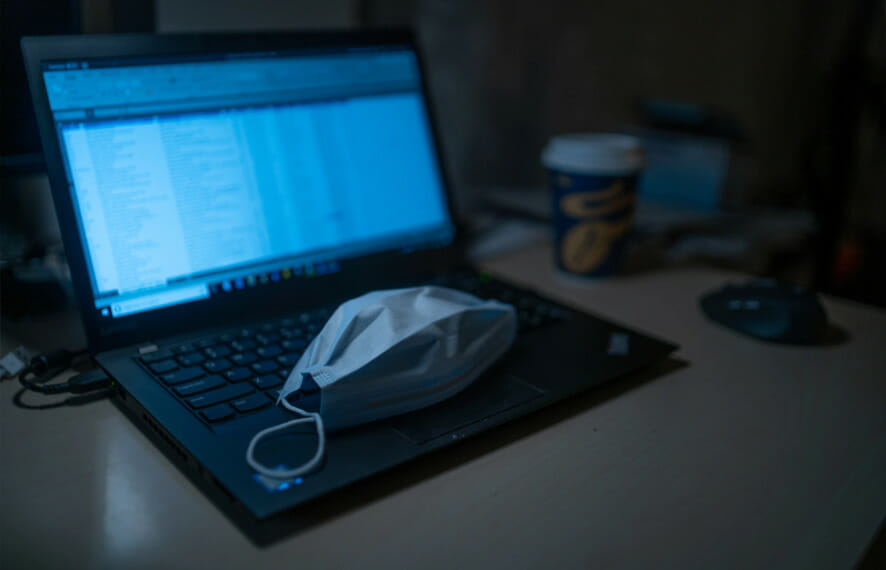
Prediction algorithm for identifying immunogenic peptides for use in COVID-19 vaccine development (Karen Anderson)
M20-278L: Integrated algorithm for predicting T-cell epitopes and the development of compounds, using such data, for therapeutics. A polypeptide T-cell vaccine composition targeting SARS-CoV-2 was developed with this algorithm.
COVID-19 testing service and data management software (Michael Fiacco)
M20-274L: Automated Testing Service Software (TSS) that accurately and securely manages the complex data required for high throughput COVID-19 diagnostic testing. This software includes a participant portal, administrative portal, test result interpretation and quality control module, and a results report delivery module. Facilitates delivery of test results in less than 24-48 hours.
COVID-19 testing service and data management software (Michael Fiacco)
M20-275L: COVID-19 Testing Data Management System (TDMS) architecture that supports multi-faceted complex data management tasks for the Testing Services Software (TSS). The TDMS streamlines COVID-19 diagnostic testing workflow.
Machine-learning to generate COVID-19 social distancing and self-quarantine guidelines (Sandeep Gupta)
M20-244P: A mobile COVID-19 assessment application that monitors at-home symptom progression and shares that data with a care provider to determine best treatment options. The data may also be shared with the research community to help estimate potential spread and availability of medical supplies or PPE.
Therapeutics
RNA-origami-based COVID-19 therapeutic (Hao Yan/Yung Chang)
M20-272L: Programmable RNA-origami nanostructures for rationally designed immunotherapeutics and vaccines against SARS-CoV-2; such structures could be used to block virus entry into host cells and induce robust immunity against future infections.
Compounds to modulate retinoid X receptors (Carl Wagner)
M19-109L & Others: A portfolio of potent analogs and derivatives of Bexarotene, CD3254, LGD100268 and Tamibarotene with improved PK and triglyceride profiles, which recent research suggests may have potential to treat COVID-19. Bexarotene (the parent compound) demonstrated a higher Cmax:EC50 ratio than chloroquine, hydroxychloroquine and ivermectin.
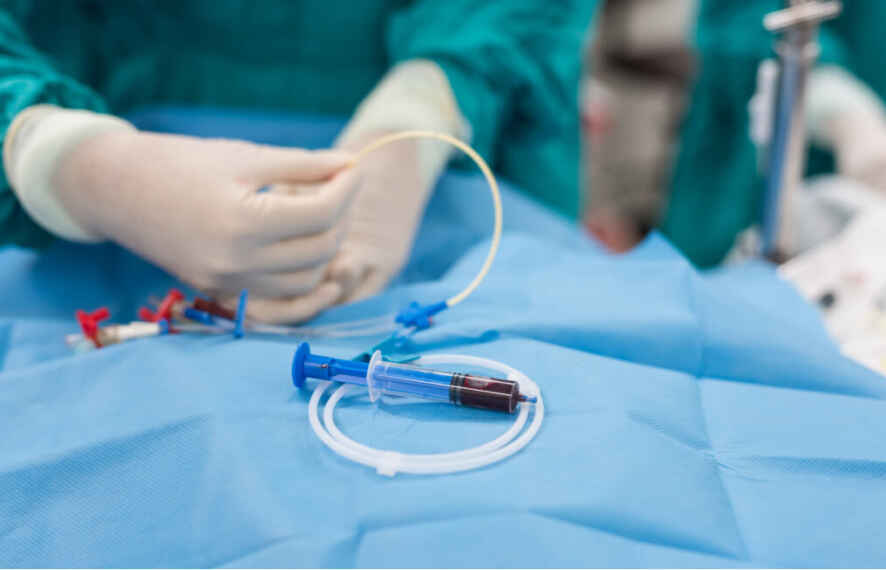
Medical equipment
Automated system for monitoring and regulating aerosols and microparticles (Erica Forzani)
M20-306L: Technology for sensing and controlling aerosols and microparticles in closed environments in a safe, automated, and energy efficient manner to decrease the risk of disease transmission. When the technology detects aerosols and microparticles at a level that exceeds a specified threshold, it triggers visual/audible warning signals and automatically reacts by increasing the air exchange rate of the room.
Face mask for decreasing aerosols generated during respiratory therapies (Erica Forzani)
M20-305L: Face-mask technology that filters aerosols emitted from a potential contaminated source, such as a COVID-19 patient undergoing nebulization, nasal cannula, ventilator, or other respiratory treatments. The technology achieves dramatically better aerosol-mitigation efficiency than currently available technologies.
Self-cleaning facial mask against airborne pathogens (Morteza Abbaszadegan)
M20-253L: Novel, chemical-free device for use with face masks or other PPE that inactivates viruses and bacteria to minimize exposure to airborne pathogens.
Low-cost sterilization technologies using ozone & vaporized hydrogen peroxide (ASU Luminosity Lab)
M20-259L: Low-cost modular ozone generator which generates ozone from atmospheric air for the disinfection and sterilization of medical supplies/equipment, PPE, clothing, rooms, public areas and other items.
Disinfection and sterilization of medical supplies/equipment (ASU Luminosity Lab)
M20-260L: Portable, rapid, vaporized hydrogen peroxide treatment system for the disinfection and sterilization of medical supplies/equipment, PPE and more. This system avoids the risk of explosive or violent decomposition of hydrogen peroxide.
Rapid-manufacturable, 3D-printed, filter-enabled face mask (ASU Luminosity Lab)
M20-287P: 3D-printed face mask optimized for rapid manufacturability. The mask includes a silicone sealing mechanism and is filter-enabled. This mask was created specifically to address N95-mask shortages among medical professionals and first responders.
Rapid UV-C sterilization system for personal protective equipment (PPE) (Paul Westerhoff)
M19-070P: Low-cost, portable UV sterilization technology similar in size to a portable barbeque grill.
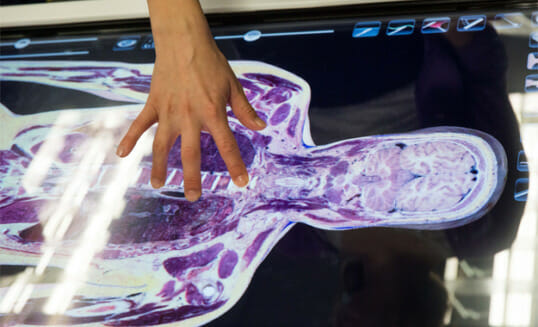
Diagnostics
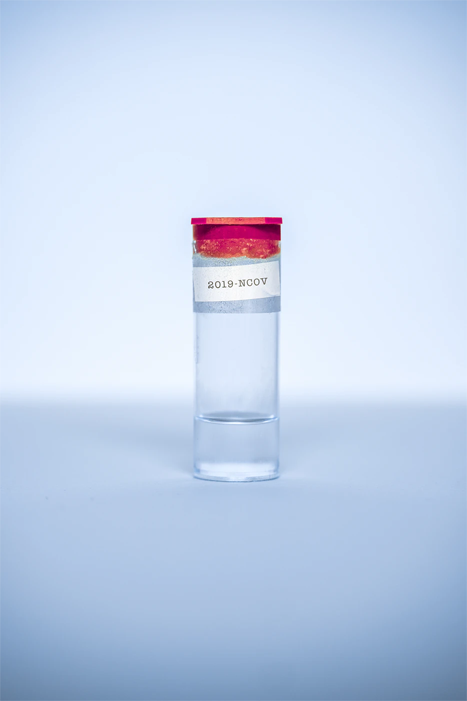
Rational design for viral diagnostics optimization (Alexander Green)
M20-303L: Paper-based point-of-care diagnostics platform for rapid, low-cost and efficient pathogen detection, including SARS-CoV-2. This platform reduces false negatives, increases assay specificity and sensitivity and is able to be used in broader and more diverse care settings.
Point-of-need diagnostic with thermal control (Jennifer Blain Christen)
M20-286L: A point-of-care diagnostic with internal thermal control for PCR or other thermally controlled processes, to enable rapid screening of large populations; the system utilizes disposable cartridges to retain electronics without contamination.
Sensitive detection of viral infections (Shengxi Chen)
M19-272L/M17-250L: Platform for rapid and cost-effective detection of viral infections, including possibly SARS-CoV-2. The platform uses a novel tandem toehold-mediated displacement reaction to form an amplifying loop and enhance the fluorescence signal for extremely sensitive detection.
For additional information on any of these opportunities, email [email protected].